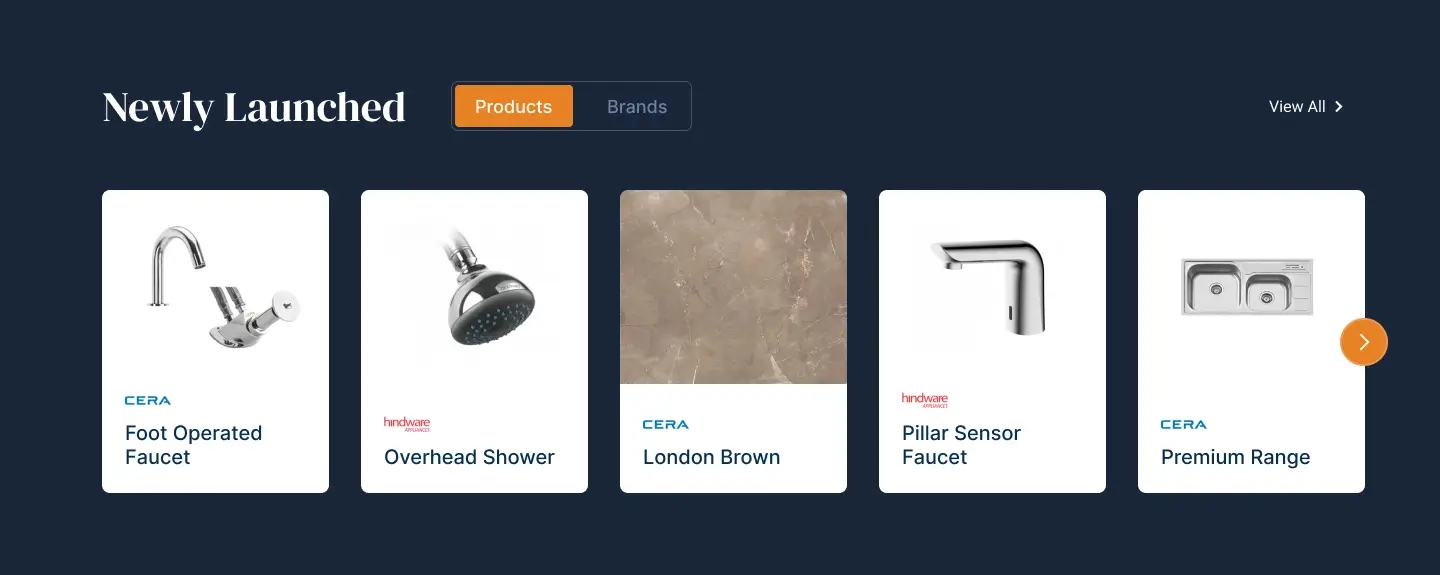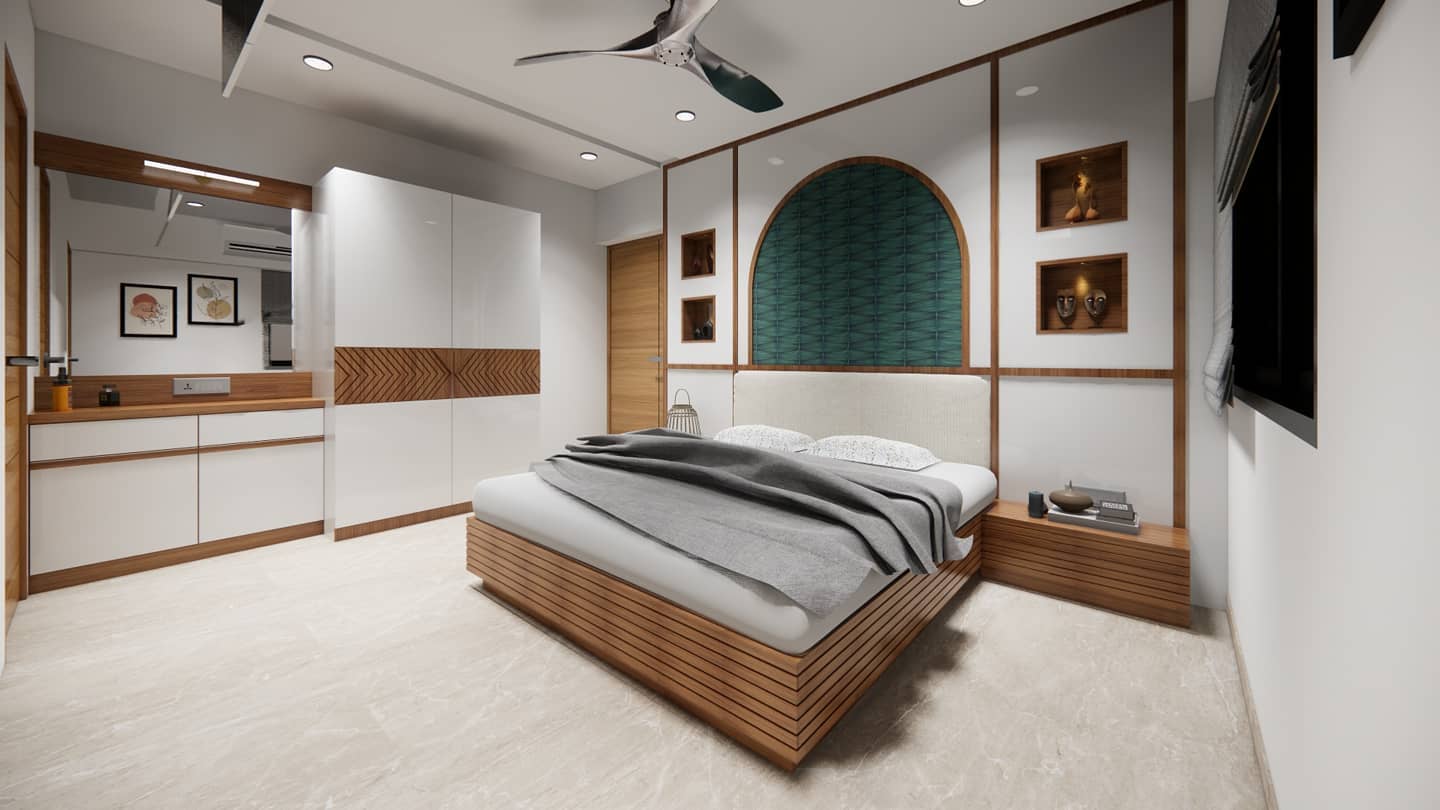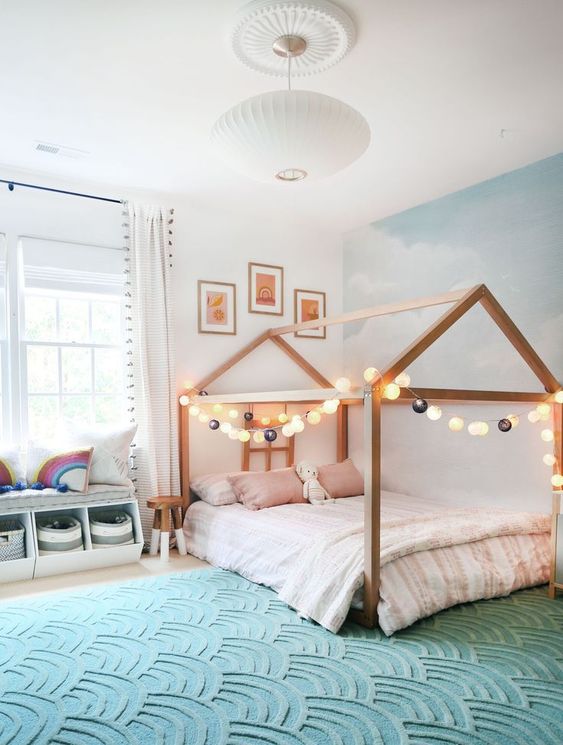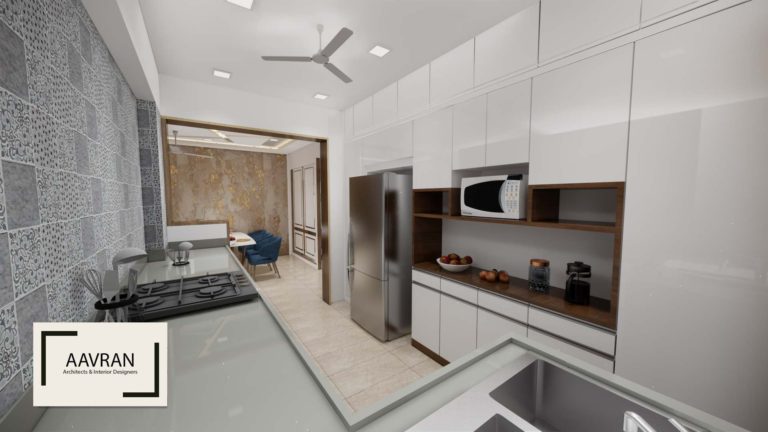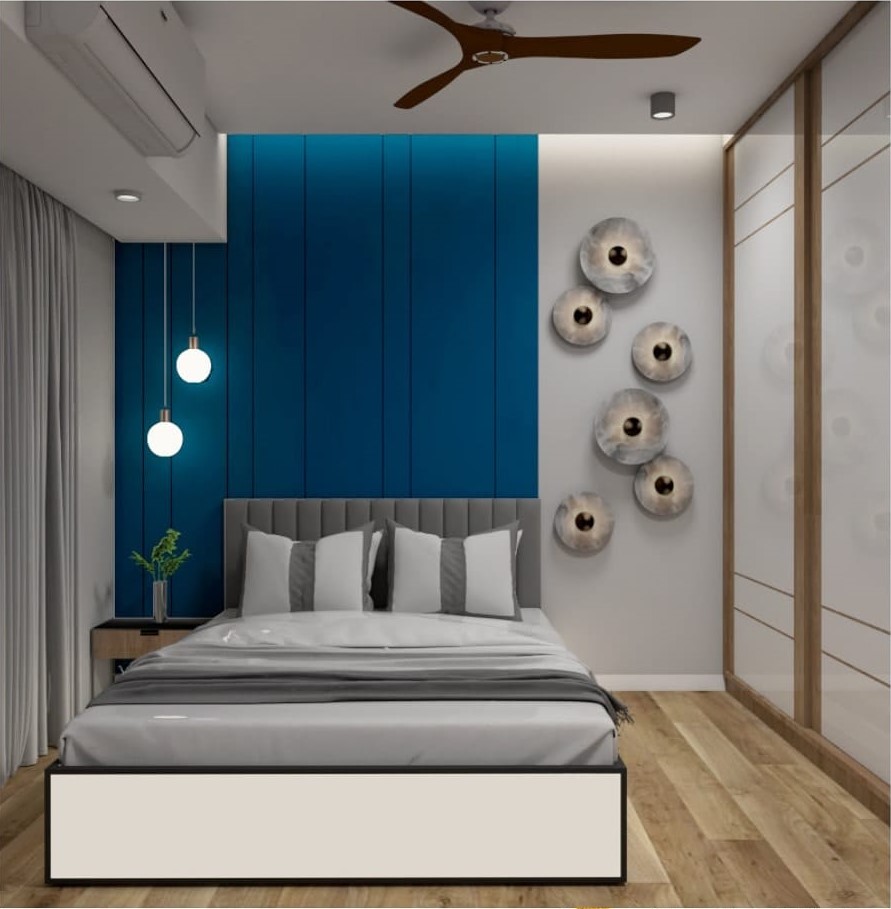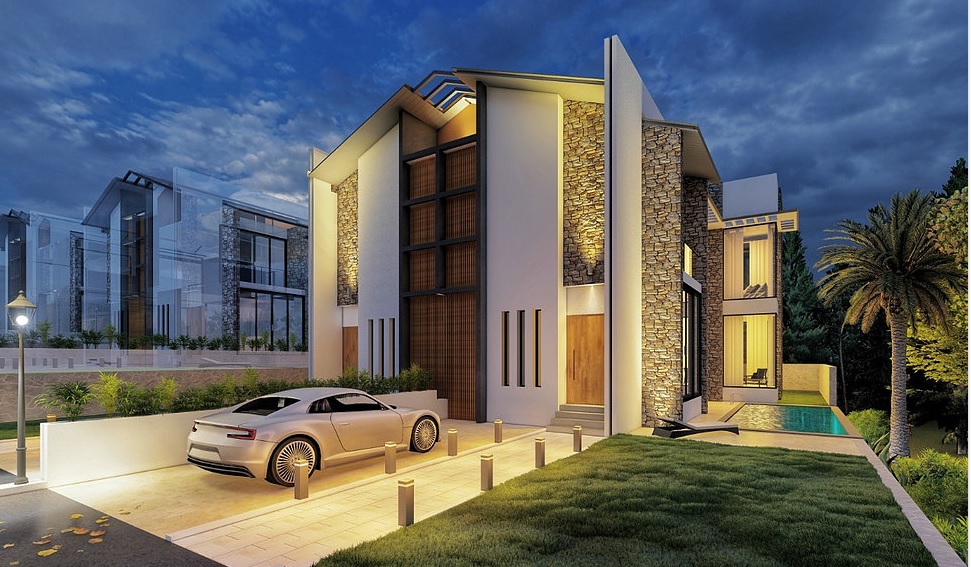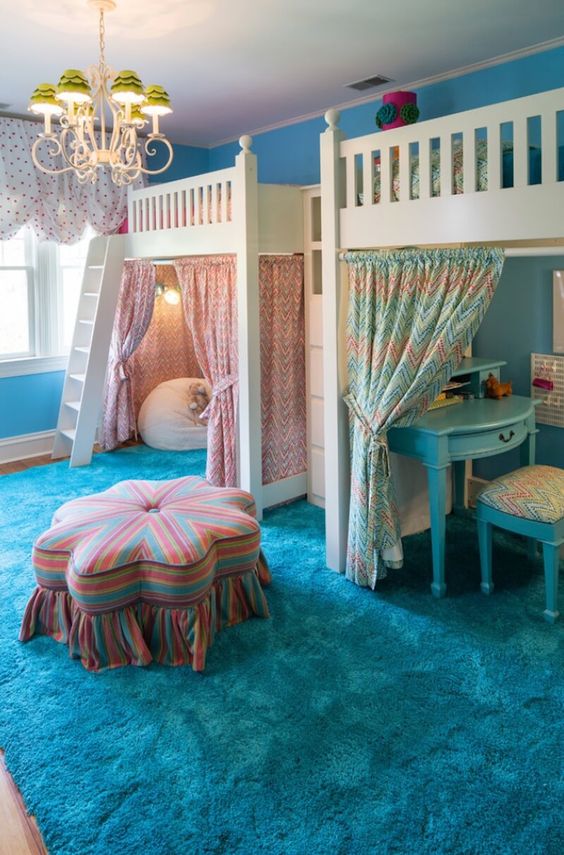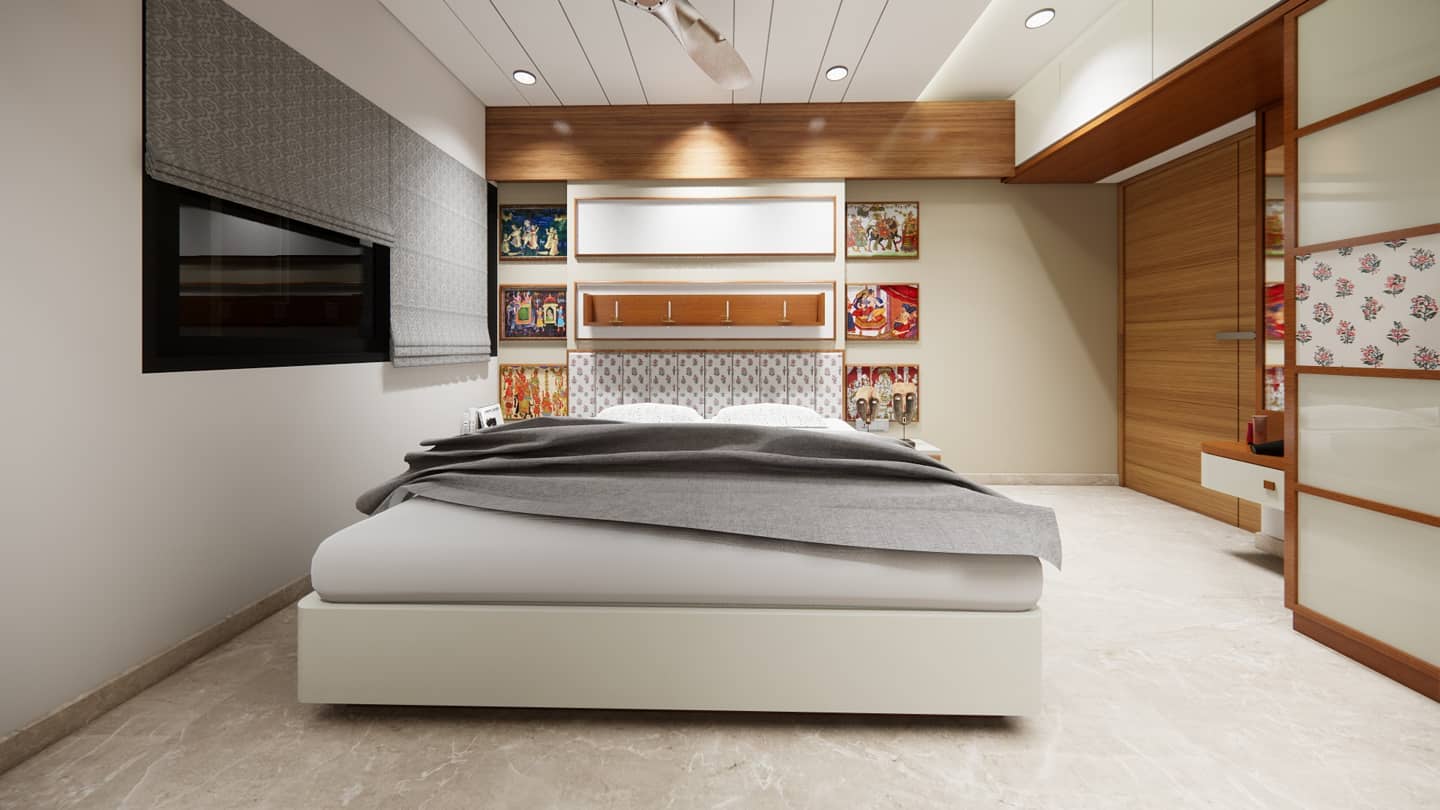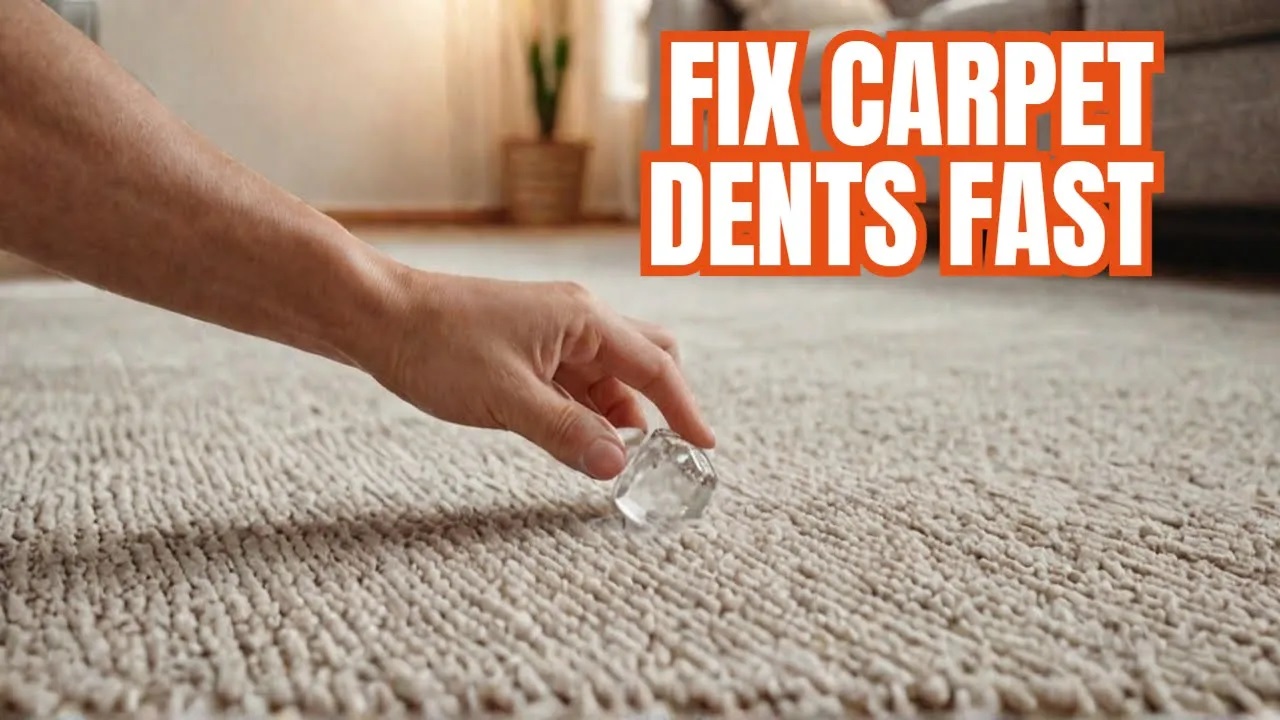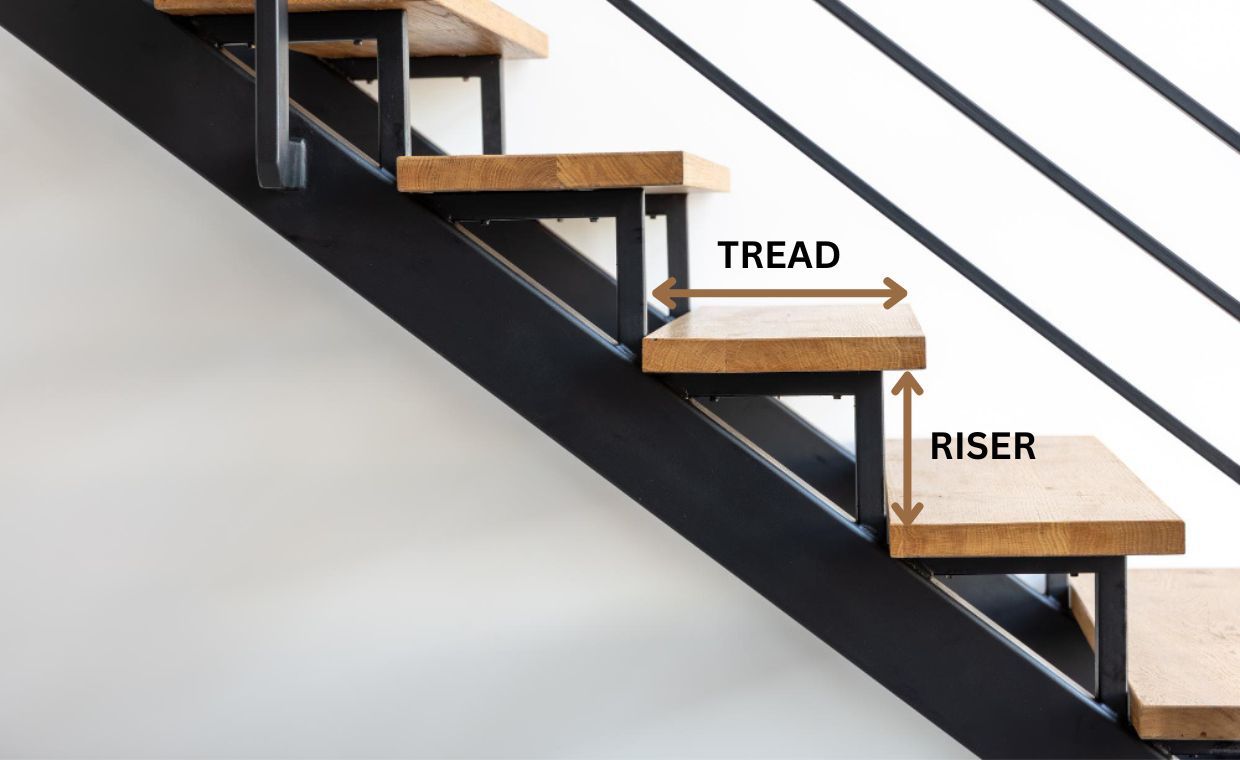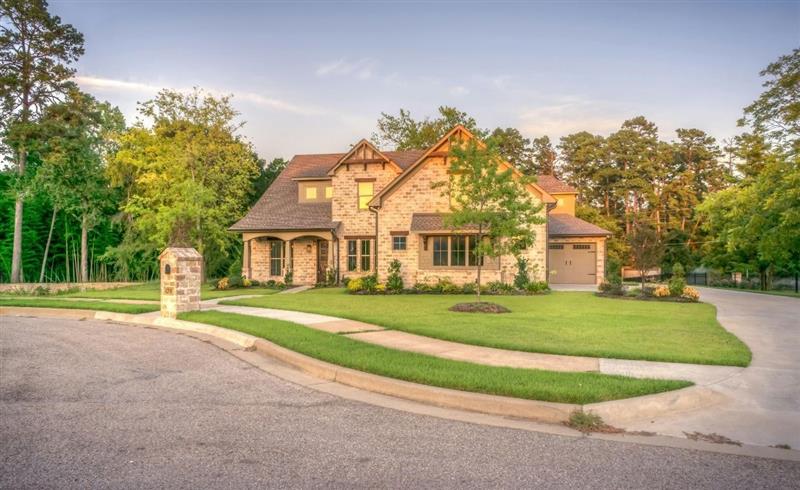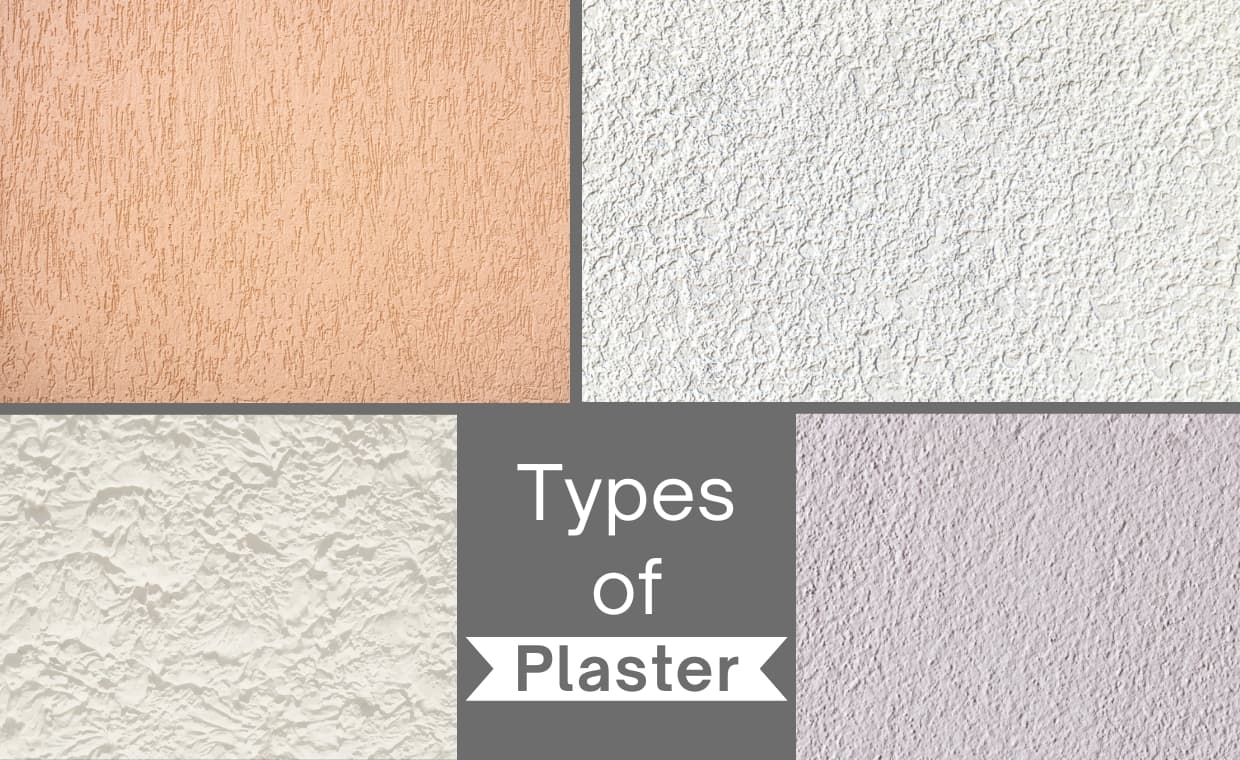
Table of Contents
Plaster has been an essential material in construction for centuries, providing smooth, durable, and protective surfaces for walls and ceilings. It enhances aesthetics, increases structural integrity, and improves fire resistance. Different kinds of plaster are used based on factors like durability, finish, and environmental conditions. Here’s an in-depth look at various types of plaster and their applications.
1. Lime Plaster
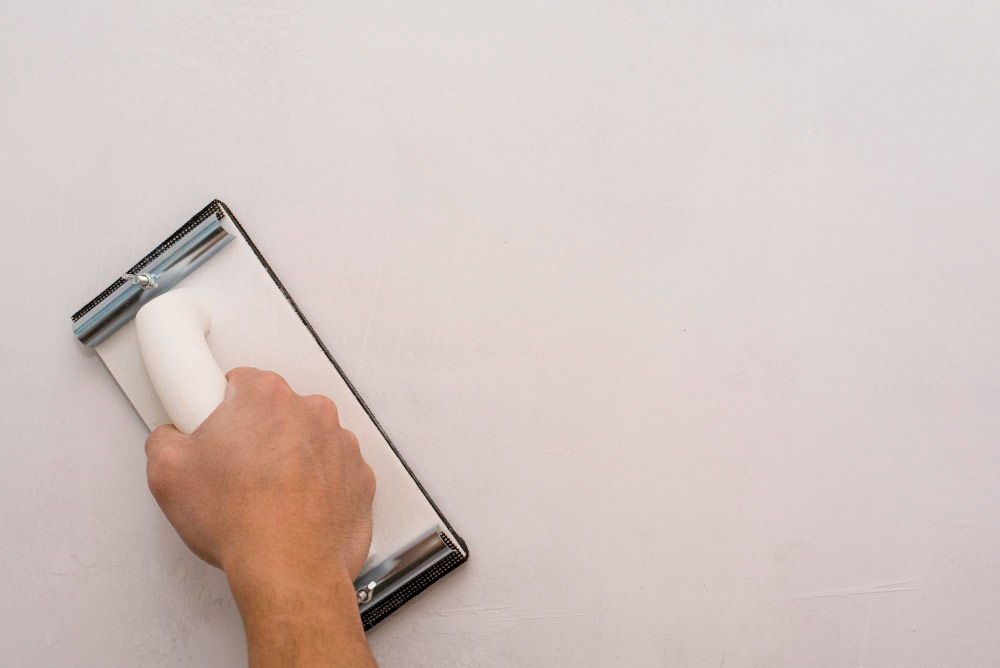
Lime plaster is one of the oldest types, widely used in historical and traditional constructions. It is made by mixing lime, sand, and water, sometimes with animal hair or other fibers to improve strength.
Features and Benefits
- Excellent breathability, allowing moisture to escape and preventing dampness.
- High flexibility, reducing the risk of cracks.
- Provides a natural, textured finish suitable for restoration projects.
- Eco-friendly and sustainable.
Common Uses
- Restoration of historic buildings.
- Decorative finishes in eco-conscious architecture.
- Interior walls in humid environments.
2. Cement Plaster
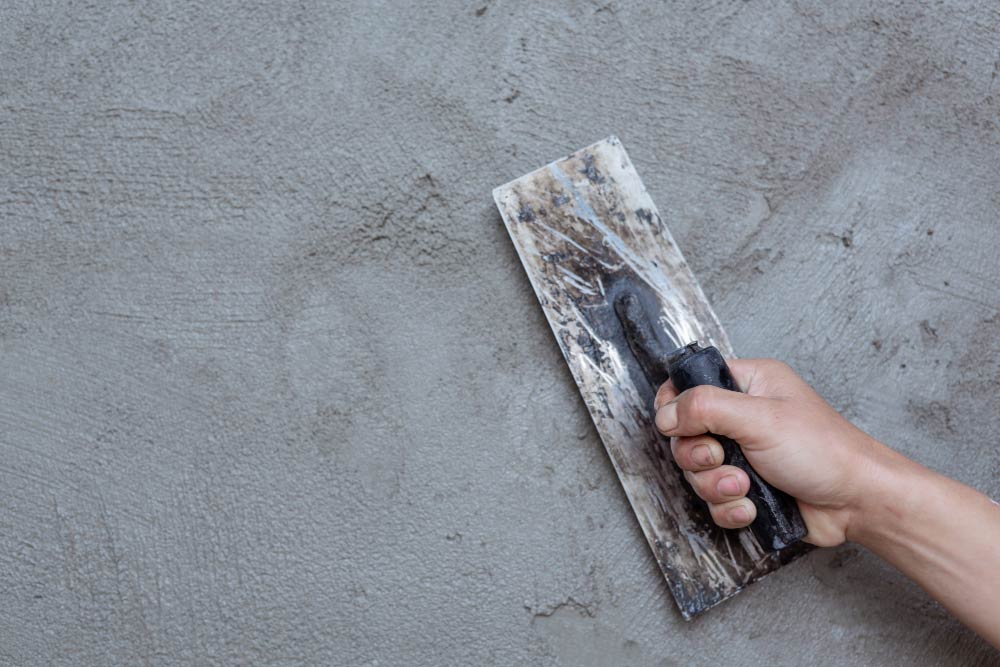
Cement plaster is a modern and widely used option for both interior and exterior walls. It consists of cement, sand, and water, sometimes reinforced with additives for improved properties.
Features and Benefits
- Highly durable and strong, making it ideal for structural applications.
- Resistant to moisture and weather conditions.
- Provides a smooth and uniform surface, suitable for painting.
- Low maintenance and long-lasting.
- Requires proper curing to prevent cracks.
Common Uses
- Exterior walls to withstand harsh weather.
- Interior surfaces requiring a robust finish.
- Base for tiles in bathrooms and kitchens.
Also Read: Cement Plaster: All You Need To Know!
3. Gypsum Plaster
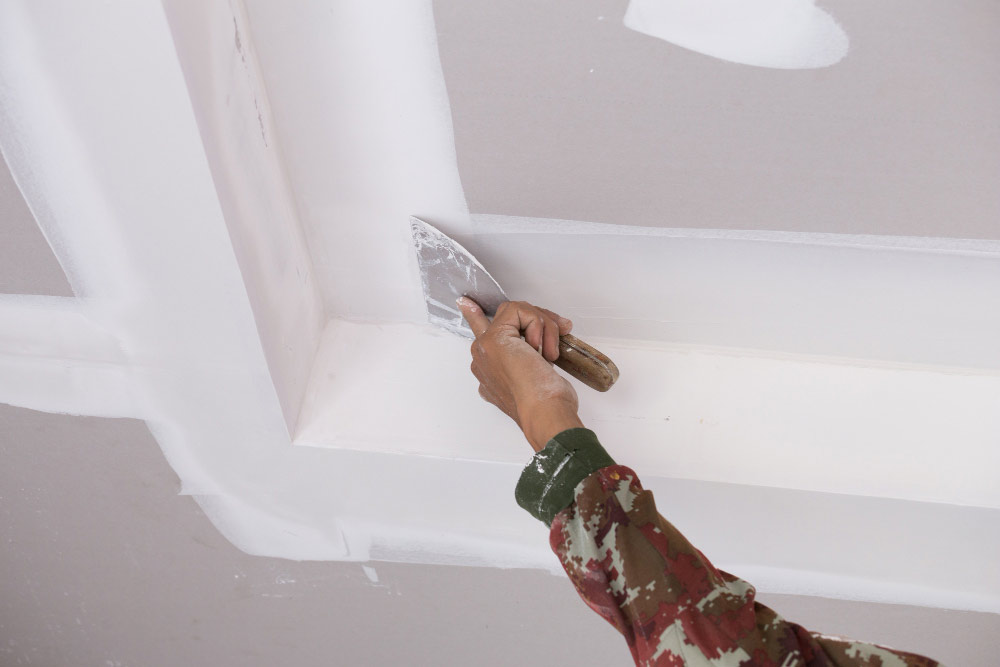
Gypsum plaster, also known as POP (Plaster of Paris), is a popular alternative to traditional cement plaster for interior walls and ceilings. It is created by heating gypsum and then mixing it with water.
Features and Benefits
- Quick-setting, reducing construction time.
- Provides a smooth and elegant finish.
- Fire-resistant and lightweight.
- Excellent thermal insulation properties.
Common Uses
- False ceilings and decorative molding.
- Smooth interior walls for painting and wallpapering.
- Areas where fire resistance is a priority.
Also Read: Cement Plaster VS Gypsum Plaster
4. Clay Plaster
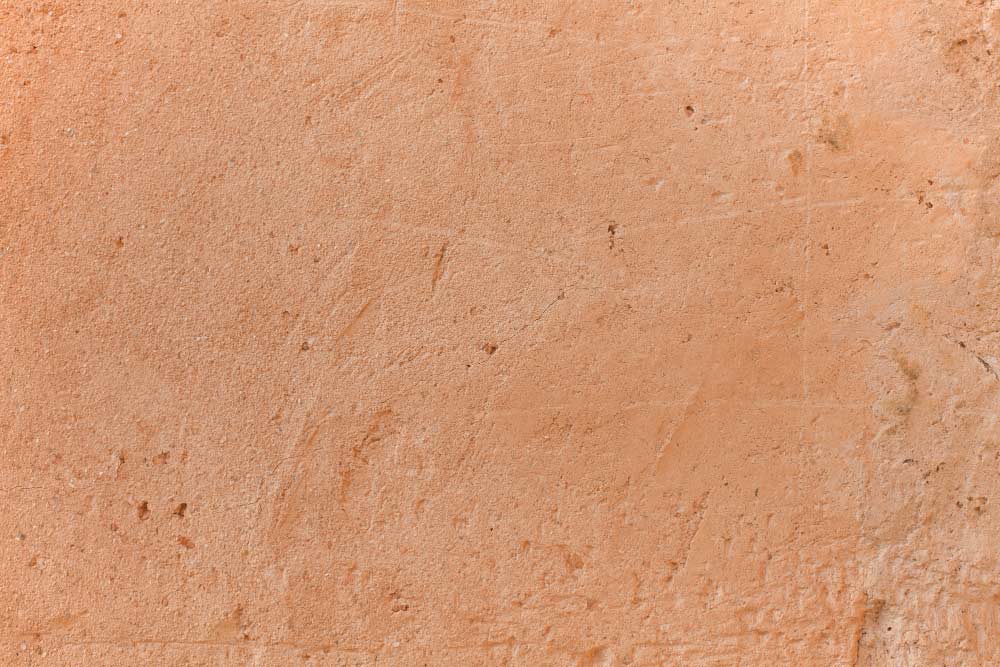
Clay plaster is an eco-friendly option made from natural clay, sand, and fibers. It has been traditionally used in sustainable, rustic, and earthy aesthetics.
Features and Benefits
- 100% natural and free from harmful chemicals.
- Excellent moisture regulation, preventing mold growth.
- Soft, warm aesthetics with a unique texture.
- Can be easily repaired and reworked.
Common Uses
- Eco-friendly and sustainable homes.
- Interiors where humidity control is required.
- Decorative finishes with an earthy appeal.
5. Heat-Resistant Plaster
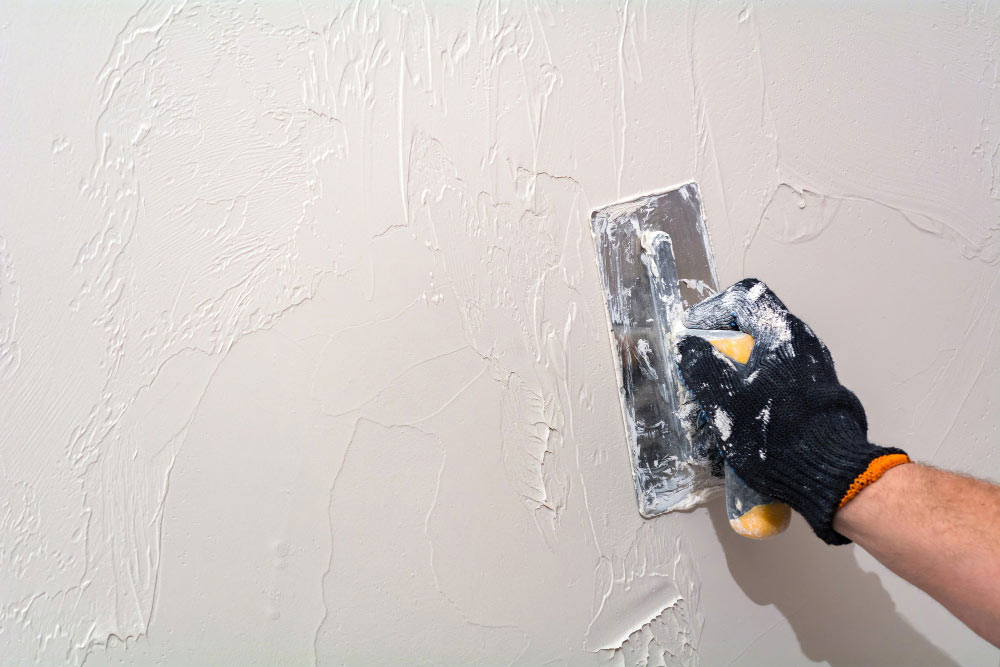
As the name suggests, this type of plaster is designed to withstand high temperatures. It is made with special additives to enhance its thermal resistance.
Features and Benefits
- High-temperature resistance, preventing cracking near heat sources.
- Durable and long-lasting.
- Can be applied in thick layers for added insulation.
Common Uses
- Fireplaces and chimneys.
- Walls near stoves, ovens, and boilers.
- Industrial applications requiring heat resistance.
Also Read: 10+ Fire-Resistant Building Materials to Use during Construction of your Home!
6. Waterproof Plaster
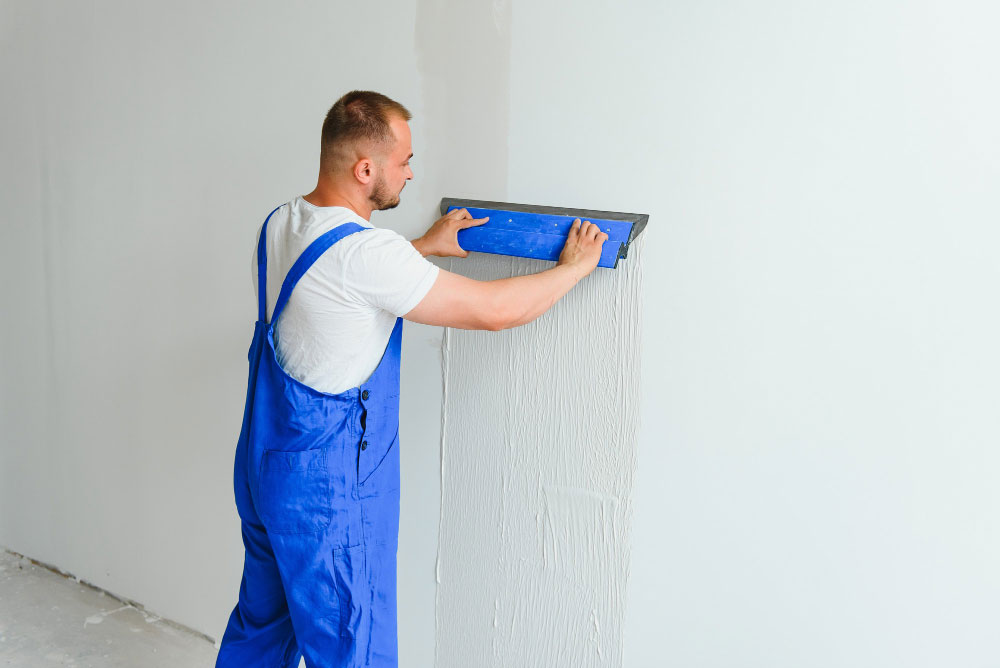
Waterproof plaster is specifically formulated to resist water penetration. It is made by mixing cement with waterproofing compounds.
Features and Benefits
- Excellent water resistance, preventing dampness and mold.
- Increases the longevity of walls in wet conditions.
- Provides a smooth and durable finish.
Common Uses
- Bathrooms, kitchens, and swimming pools.
- Basements and underground structures.
- Exterior walls in rainy climates.
7. Acoustic Plaster
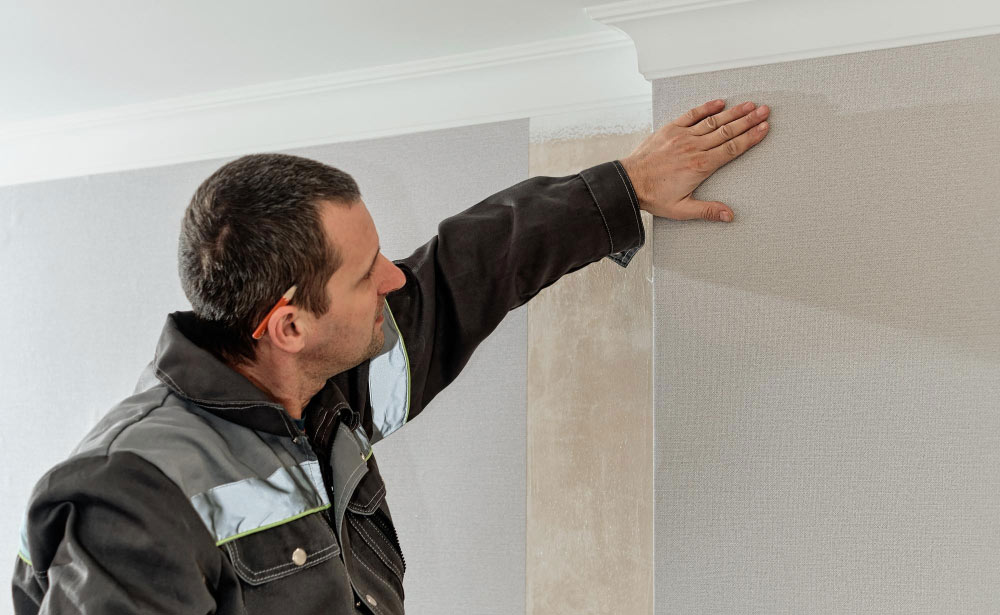
Acoustic plaster is designed to improve sound absorption and reduce noise pollution. It is mixed with sound-absorbing aggregates.
Features and Benefits
- Reduces echo and noise levels.
- Enhances acoustic comfort in buildings.
- Provides a seamless and aesthetically pleasing finish.
Common Uses
- Theaters and auditoriums.
- Recording studios and conference rooms.
- Residential spaces requiring sound insulation.
8. Stucco or Decorative Plaster
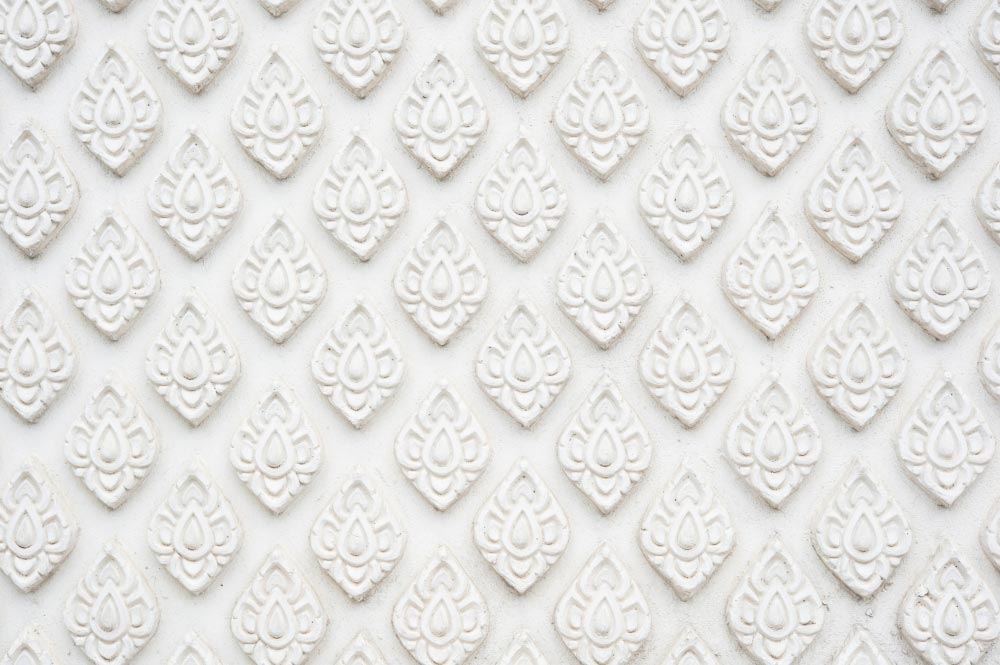
Decorative plaster or stucco is made from cement, lime and sand and is used for aesthetic enhancement.
Features and Benefits
- Offers a wide range of artistic and textured effects.
- Enhances the visual appeal of interiors and exteriors.
- Durable and long-lasting.
Common Uses
- High-end interior designs.
- Feature walls with textured, artistic finishes.
- Heritage buildings with intricate detailing.
- Often seen in Mediterranean and Spanish-style architecture.
9. Venetian Plaster
It is a decorative wall and ceiling finish, also known as polished plaster, marble plaster, Marmorino plaster or Italian plaster. It is made from lime putty and marble dust. This plaster offers a smooth, polished, and marble-like appearance.
Features and Benefits
- Applied in thin layers with a spatula and then burnished
- Breathable and provides a luxurious look
- Low-maintenance, versatile and durable
- Also known as Marmorino plaster and Italian plaster.
Common Uses
- Used for both interior and exterior walls and ceilings
- Especially a great option for decorative interior walls
- Suitable for humid places
Choosing the Right Type of Plaster
Selecting the right plaster depends on various factors, including:
- Purpose: Whether structural, aesthetic, or functional.
- Location: Interior, exterior, humid, or high-temperature areas.
- Budget: Cost-effective options versus premium finishes.
- Durability: Long-term performance and maintenance requirements.
To conclude, whether for structural strength or construction, choosing the right plaster is crucial because it offers both durability and aesthetic appeal. By understanding the different types of plasters and their features, you can make informed decisions to enhance the beauty, longevity, and functionality of your living spaces.
FAQs on Types Of Plaster
1. Which Type Of Plaster Is Best For Interior Walls?
Gypsum plaster is a preferred choice for interior walls due to its smooth finish, quick setting time, and fire-resistant properties.
2. Can Plaster Be Applied On All Surfaces?
Plaster can be applied to most surfaces, including brick, concrete, and wood. However, proper surface preparation and the right type of plaster are essential for good adhesion.
3. How Long Does Plaster Take To Dry?
The drying time depends on the type of plaster and environmental conditions. Gypsum plaster dries within a few hours, while lime and cement plasters may take several days.
4. Is Plastering Necessary Before Painting?
Yes, plastering creates a smooth and even surface, ensuring better paint adhesion and a flawless finish.
5. What Is The Best Plaster For Exterior Walls?
Cement plaster is the most suitable for exterior walls due to its durability, weather resistance, and strength.
Must Read: Reasons behind Cracks in Plaster: An Incredibly Easy Guide



